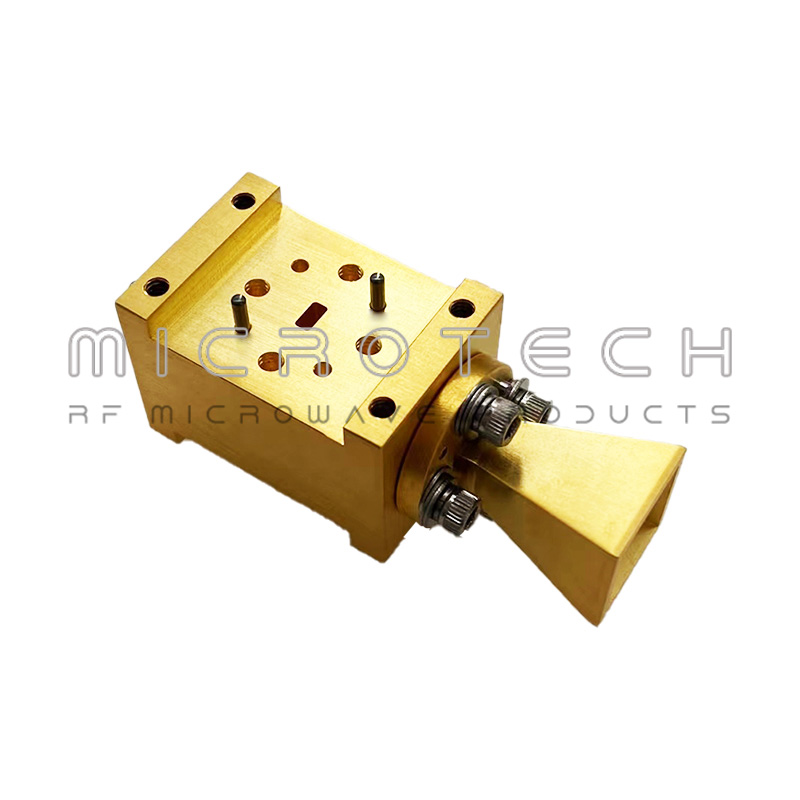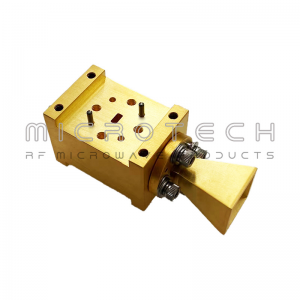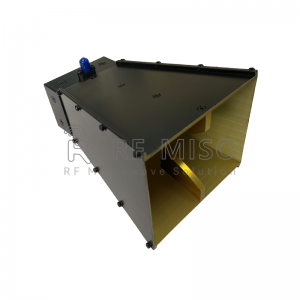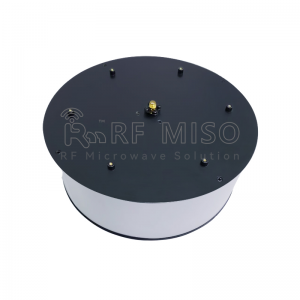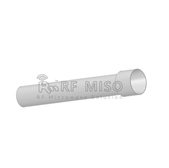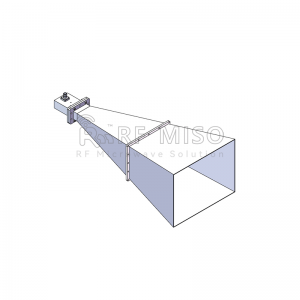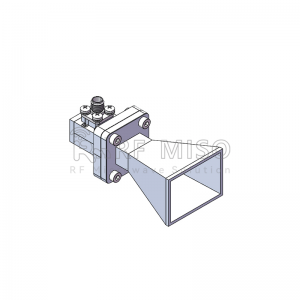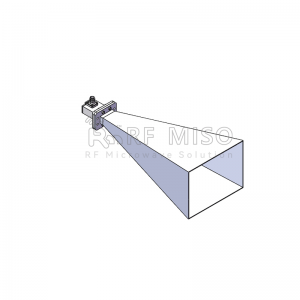Features
● Full Band Performance
● Dual Polarization
● High Isolation
● Precisely Machined and Gold Plated
Specifications
|
MT-DPHA5075-15 |
||
|
Item |
Specification |
Units |
|
Frequency Range |
50-75 |
GHz |
|
Gain |
15 |
dBi |
|
VSWR |
1.4:1 | |
|
Polarization |
Dual |
|
|
Horizontal 3dB Beam Width |
33 |
Degrees |
|
Vertical 3dB Bean Width |
28 |
Degrees |
|
Port Isolation |
45 |
dB |
|
Size |
27.90*56.00 |
mm |
|
Weight |
118 |
g |
|
Waveguide Size |
WR-15 |
|
|
Flange Designation |
UG-385/U |
|
|
Body Material and Finish |
Aluminum, Gold |
|
Outline Drawing
Test Results
VSWR
Aperture Efficiency
Many kinds of antennas can be classified as aperture antennas, meaning that they have a well-defined aperture area through which radiation occurs. Such antennas are of the following types:
1. Reflector antenna
2. Horn Antenna
3. Lens Antenna
4. Array antenna
There is a clear relationship between the aperture area of the above antennas and the maximum directivity. In fact, there are some factors that can reduce the directivity, such as non-ideal aperture field vibration radiation or phase characteristics, aperture shadowing or in the case of reflector antennas. , the overflow of the feed radiation pattern. For these reasons, aperture efficiency can be defined as the ratio of the actual directivity of an aperture antenna to its maximum directivity.
-
Broadband Horn Antenna 10 dBi Typ. Gain, 2-18GH...
-
Planar Spiral Antenna 3 dBi Typ. Gain, 0.75-6 G...
-
Dual Circular Polarization Horn Antenna 12 dBi ...
-
Standard Gain Horn Antenna 20dBi Typ. Gain, 2.6...
-
Standard Gain Horn Antenna Gain 15dBi Typ. Gain...
-
Standard Gain Horn Antenna 20dBi Typ. Gain, 3.9...







